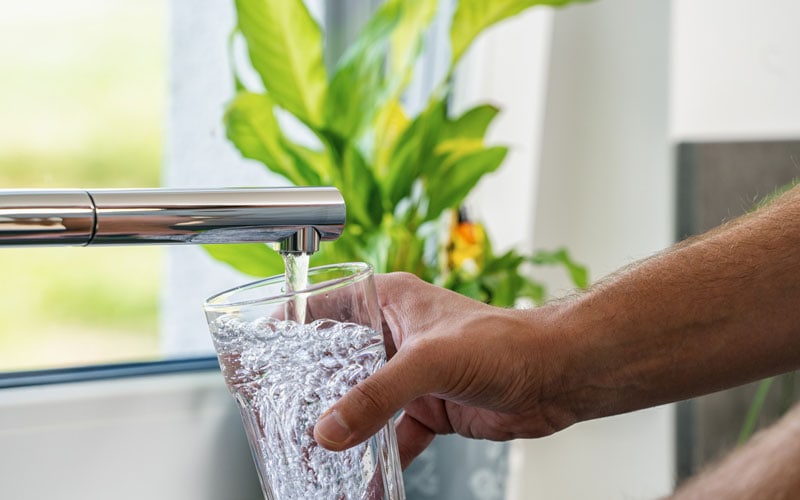
It’s no secret that water is one of the most important things we need to survive. In fact, the average adult requires about 2.6 liters of water per day to hydrate their body.
Without proper access to clean water, we could face severe health consequences. Especially in developing countries, potential water pollution poses a serious concern.
Because we need clean drinking water, recognizing drinking water pollutants is in everyone’s best interest. When you know what to look for, you can better protect your family and community. Getting a water filter, and read through everything you need to know about contaminants.
Drinking Water Pollutants and Contaminates
Water Pollutants That Can Cause Serious Health Problems: Bacteria and Viruses
These contaminants can enter the water supply through sewage, animal waste, or agricultural runoff.
Once in the water, they can multiply and spread, making people sick. Symptoms of waterborne illnesses include diarrhea, vomiting, and fever. In some cases, these illnesses can be fatal.
To protect yourself and your family, it is important to know the types of contaminants that can be found in drinking water and learn how to protect against them.
Getting a water filter is one way to avoid these contaminants, and Berkey water filters for sale are ones that you can consider.
Inorganic Chemicals
The most common inorganic chemicals found in drinking water are chlorine, lead, and nitrates. Chlorine is added to water to kill bacteria and other microorganisms, but it can also cause health problems at high levels.
Lead can enter the water from pipes and fixtures, and it can cause a variety of health problems. Nitrates come from agricultural runoff and sewage effluent, and they can cause health problems at high levels.
Organic Chemicals
The term “organic chemicals” refers to a large and diverse group of chemicals that are derived from or contain carbon. Carbon is the fundamental building block of all organic molecules.
There are literally tens of thousands of different organic chemicals, and many of them are present in the environment. While some organic chemicals are naturally occurring, many are man-made.
Organic chemicals can enter the environment through a variety of pathways. For example, they may be released directly into the air during the production process, or they may be spilled or leached into the soil or water.
Once they are in the environment, organic chemicals can move through soil and water and enter groundwater, surface water, or the air.
Radionuclides
Radionuclides are types of drinking water contaminants that emit nuclear radiation. They’re often found in well water and groundwater and can get into your water supply through run-off from nuclear power plants, uranium mining, and other activities.
While the levels of radiation in your water may not be high enough to cause health problems, long-term exposure can increase your risk for cancer.
Awareness Is the Key
There are many types of drinking water pollutants and contaminants. Some are natural and some are man-made. Some are harmless and some are dangerous.
It is important to be aware of the different types of drinking water pollutants and contaminants so that you can choose the right water filter for your home.
Did you find this article helpful? Check out the rest of our website for more great content!







